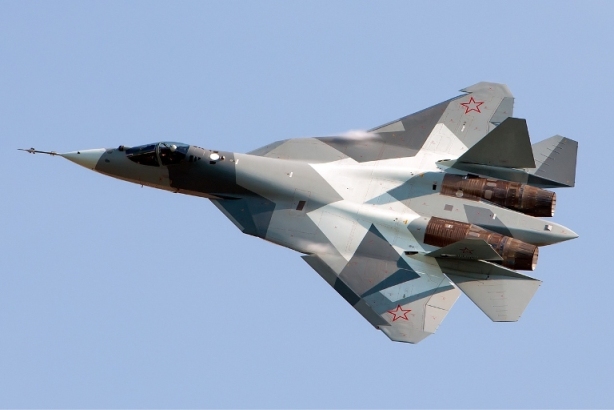
BENGALURU (PTI): Days after it successfully carried out a flight test for a new system, meant for saving lives of astronauts in an exigency, ISRO has said it would approve in a month's time an 'internal document' on developing crucial technologies under its Human Spaceflight Programme.
"No human spaceflight programme has been approved in India yet. We had prepared the document to develop crucial technologies in 2004.
Now we are in the process of revising it. In a month's time, we will approve our internal document," ISRO Chairman Dr K Sivan told reporters after the 11th annual Katre Memorial Lecture in Bengaluru on July 7.
Only Russia, the US and China have the human spaceflight programme.
Sivan said the Central Government is yet to give its formal approval for the human spaceflight mission which was on the drawing board of the space agency for quite a long time now.
Sivan said the document, which was being worked on for over a decade, is being revised for review and interactions with stakeholders, including the Indian Air Force (IAF) and Hindustan Aeronautics Ltd (HAL).
The space agency had successfully carried out a flight test for the newly-designed Crew Escape System on July 5.
According to ISRO, the system is an emergency measure designed to quickly pull away the crew module along with the astronauts to a safe distance from the launch vehicle if the mission gets aborted.
The first 'Pad Abort Test (PAT) demonstrated the safe recovery of the crew module in case of any exigency at the launch pad, it said.
Replying to a query, Sivan said in addition to 'Pad Abort Test', ISRO has validated five critical technologies for various future space missions.
"We and the government work on a three-year plan, with a seven-year strategy and a 15-year vision," he said.
The technologies validated are wireless communication, digital telemetry and Ka-band altimeter, he said.
The wireless communication would ensure transfer of data without the use of cables and digital telemetry would enable less use of power, he said.
Ka-band would enable highly accurate landing information when the module is descending, Sivan added.
The PAT technology is very essential for manned missions in future, he said.
Sivan said ISRO works on government-approved programmes and others for the agency's research and development.
"The pad abort test for the crew escape system is part of our R&D work," he said.
On space tourism, Sivan said it would take at least 15 years to develop the vehicle to go to space and return to earth.
"We are not close to that. We need to work a lot towards achieving the dream of putting a man into space," he said.
 Previous Article
Previous Article Next Article
Next Article













The Indian Air Force, in its flight trials evaluation report submitted before the Defence Ministry l..
view articleAn insight into the Medium Multi-Role Combat Aircraft competition...
view articleSky enthusiasts can now spot the International Space Station (ISS) commanded by Indian-American astr..
view article